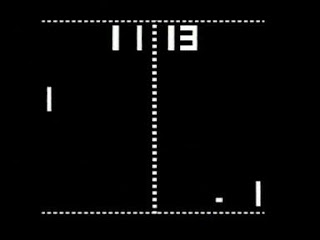

In The Devil Wears Prada: Andy gives herself a makeover in order to make her more successful and respected at work.

In Clueless: The guy that Tai likes is too busy being pre-occupied with his crush on Cher to notice her
Predictably, there is a complication when the character try to overcome the obstacle.

In Clueless: Cher admits to herself her true feelings for her ex-stepbrother
Next step in most story lines is a crisis to peak the audience's interest after it seems the movie is already concluding.
In Clueless: Tai also has feelings for Cher's ex-stepbrother and they have a falling out.

 Each dilemma reaches a climax, where the protagonist tries their hardest to solve all the problems presented in the movie.
Each dilemma reaches a climax, where the protagonist tries their hardest to solve all the problems presented in the movie.In Clueless: Cher decides to do the right thing and give back to the community
Finally, each movie comes to a resolution, or the usually happy ending.
In Clueless: Cher finally admits to her ex-stepbrother her feelings for him and they get together. Tai gets together with the guy she originally liked and everybody is happy.









